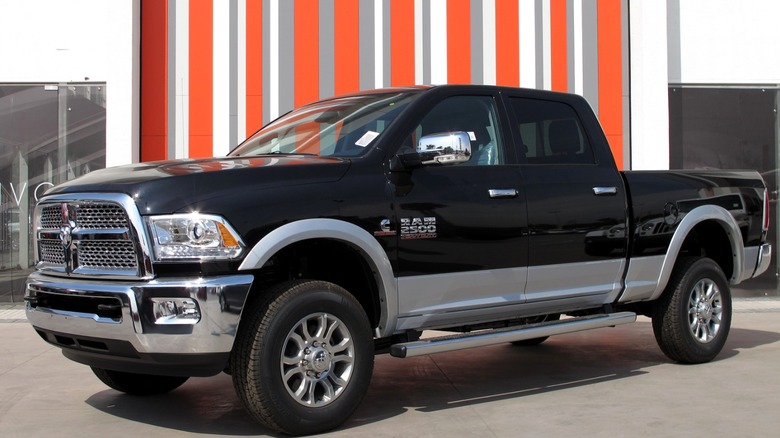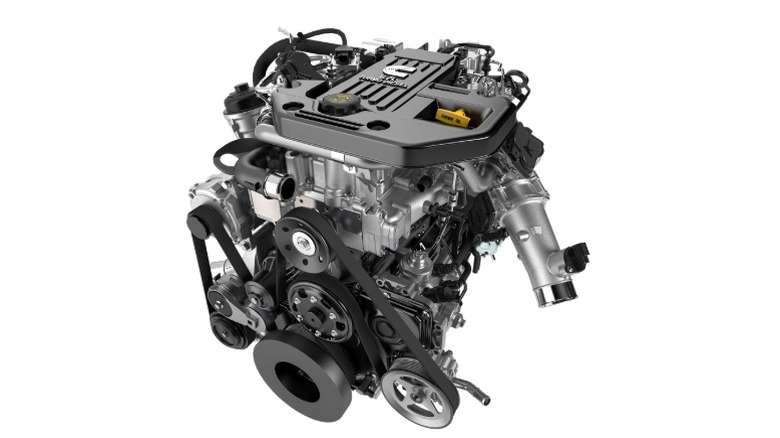Why Cummins Engines Didn't Use Glow Plugs (And Why They're Using Them Now)
Cummins was founded by Clessie Cummins in 1919 and has been building reliable diesel engines for more than 100 years. Cummins engines are used in large trucks, buses, and leisure vehicles, as well as in equipment used in the mining, construction, oil and gas, and military industries. Cummins engines are also used for power generation, most often in backup diesel generators. A unique characteristic of Cummins diesel engines is that, until very recently, they used grid heaters instead of glow plugs.
Over a production run of nearly two decades, the design of Cummins' turbodiesel engines has remained roughly the same, albeit with gradual improvements to boost performance. At its heart, the 5.9 and 6.7-liter engines are direct-injection, turbocharged inline-6 engines with cast-iron blocks. Diesel engines have very high air compression ratios, which heat up the air and allow for combustion without the need for a separate ignition source like a spark plug or a glow plug. However, this can make them harder to start in cold weather. To address this, Cummins installed grid heaters to warm the air coming into the engine, helping it to start even at low temperatures.
Cummins power plants that feature grid heaters include its 5.9-liter models dating back to 1989 and the larger 6.7-liter engines that power heavy-duty Ram trucks from 2007 up to the 2024 model years. This changed in early 2025, though, when Cummins and Ram announced that the new Cummins 6.7-liter diesel would switch to using glow plugs. According to the Cummins website, the change would improve reliability and reduce the wait-to-start times, even during extreme weather conditions.
Cummins' grid heaters were known for causing issues
On older Cummins engines, the grid heater sits on the intake manifold and continuously cycles and heats air during cold weather until the engine reaches its optimal operating temperature. However, Cummins' grid heater has become somewhat notorious for grid heater failures, especially on the previous generation Cummins 6.7-liter engine. One problem of the grid heater centered around the heater bolts, which often dislodged and fell inside the engine intake manifold, causing substantial damage to the pistons, valve, or engine head.
Grid heater issues persisted throughout the years, and by 2017, aftermarket parts companies began offering kits to remove, upgrade, or replace it with a different intake system. However, in 2021, another issue with the grid heater came to light when Ram's parent company, Stellantis, issued a recall order for 19,000 vehicles due to a possible fire risk caused by a faulty relay from the grid heater. In 2023, Stellantis announced one of the biggest automotive recalls ever, also caused by a faulty relay, with over 306,000 vehicles affected. As a response, Ram later improved and replaced the heater grid relay.
Surprisingly, despite the numerous grid heater problems, Ram stated that the shift to glow plugs was due to changes in engine design and to improve ignition time efficiency, according to Ram's truck segment chief vehicle synthesis manager, Doug Killian. Given the drastic change, some fans are sceptical about the move, and comparisons about its complexity and efficiency versus the grid heater are likely inevitable. However, only time will tell if Cummins' move toward glow plugs in the 6.7-liter diesel is a good move.

